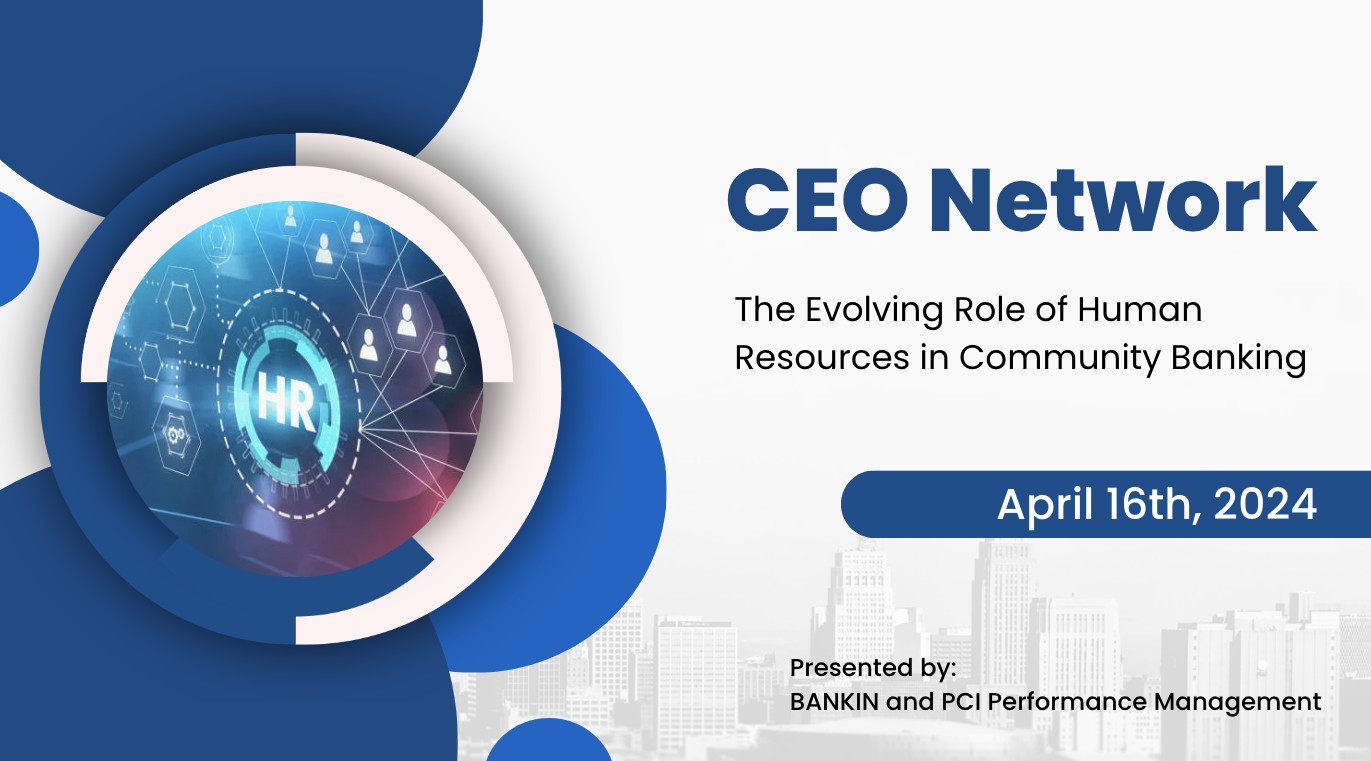
In today's increasingly diverse society, fostering workplace inclusivity is not just a moral duty but also a strategic advantage for businesses. For community banks, establishing a culture of diversity and avoiding hiring bias is essential not only for the growth of the organization but for serving their diverse customer base effectively. In this blog post, we will explore some best practices to help community banks avoid hiring bias and create a more inclusive and equitable workplace environment.
1. Define Job Requirements and Evaluation Criteria Clearly:
To ensure fair and objective hiring practices, it is vital to define job requirements and evaluation criteria upfront. Establishing clearly defined qualifications and competencies needed for each role will help hiring managers focus on relevant skills, experience, and qualifications, rather than personal biases.
2. Create Diverse Hiring Teams:
Diversity in the hiring process should begin at the onset. Form hiring teams that represent a range of perspectives and backgrounds to minimize unconscious bias during candidate evaluation. Diverse perspectives enhance decision-making while reducing the risk of hiring bias based on age, gender, race, or other factors.
3. Promote Anonymous Resumes:
Consider implementing an anonymous resume system during the preliminary stages of the hiring process. By removing identifying information (such as names, gender, and race) from resumes, hiring managers can avoid potential bias based solely on these factors, ensuring fairer candidate assessments.
4. Implement Structured Interviews:
Unstructured interviews often leave room for subjective judgments, leading to biased hiring decisions. Structured interviews, on the other hand, utilize standardized questions and evaluation criteria, ensuring consistent and more objective assessments. Properly trained interviewers should assess candidates based on their competencies and qualifications, rather than personal preferences.
5. Use Blind Hiring Techniques:
Blind hiring techniques involve evaluating candidates' performance through work samples, tasks, or assignments rather than relying solely on traditional resumes and interviews. This approach reduces the impact of unconscious bias and helps to assess candidates based purely on their skills and abilities.
6. Offer Bias Awareness and Sensitivity Training:
Implementing regular bias awareness and sensitivity training programs for all employees involved in the hiring process is crucial. These training sessions help increase awareness of unconscious bias, improve understanding of its negative impact, and equip individuals with strategies to overcome biases while making hiring decisions.
7. Leverage Technology to Reduce Bias:
Leverage technology tools, such as applicant tracking systems (ATS), to streamline and standardize the hiring process. These platforms can help remove bias by automating resume screening, facilitating structured interviews, and providing objective performance metrics for candidate evaluation.
8. Foster a Culture of Inclusivity:
Finally, nurturing a culture of inclusivity is crucial for preventing bias in community banking workplaces. Emphasize the importance of diversity and inclusion at all levels, reinforcing the idea that individual differences are valued and celebrated. Encourage employee feedback, implement diversity initiatives, and regularly assess progress towards creating a truly inclusive work environment.
Hiring bias undermines diversity and inclusion efforts and can limit the potential of community banks to serve their diverse customer base effectively. By implementing these best practices - from clearly defining job requirements to fostering a culture of inclusivity - community banks can build a workforce that reflects the diversity in their communities and create an equitable and inclusive environment where all employees thrive.













